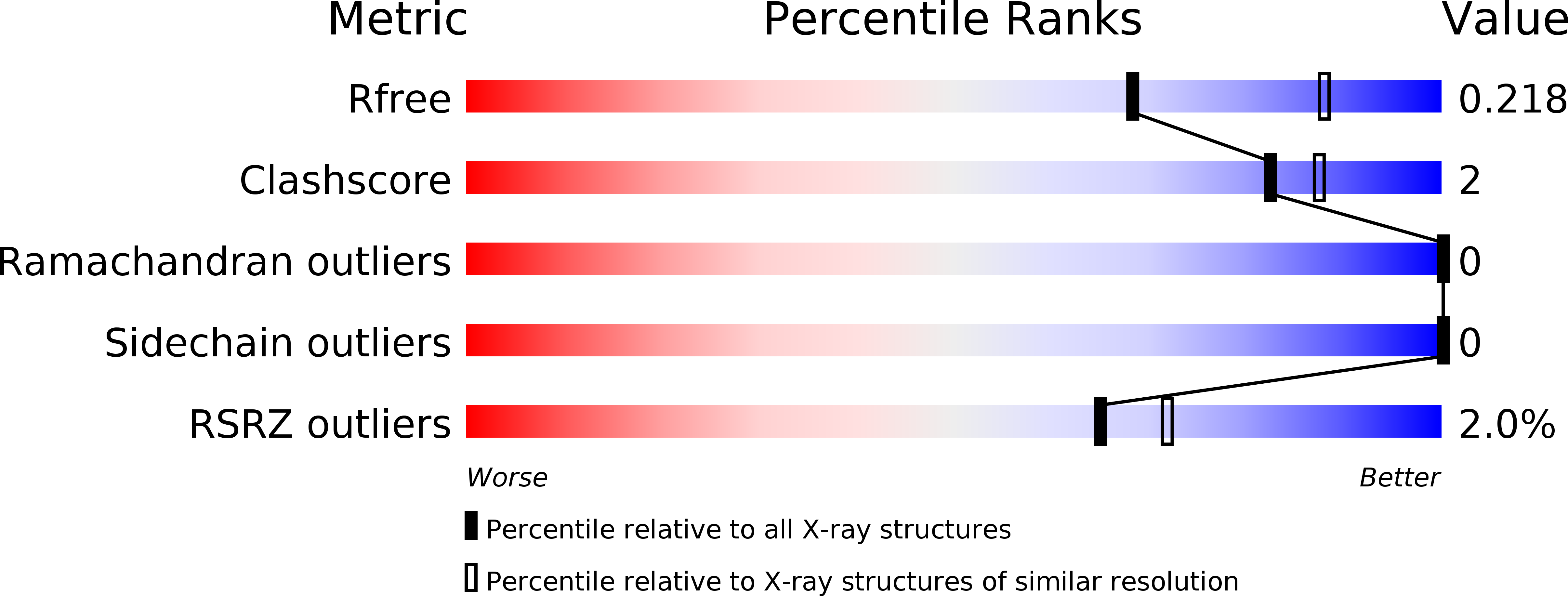
Deposition Date
2014-09-11
Release Date
2014-10-22
Last Version Date
2023-12-27
Method Details:
Experimental Method:
Resolution:
2.31 Å
R-Value Free:
0.21
R-Value Work:
0.17
R-Value Observed:
0.17
Space Group:
P 43


